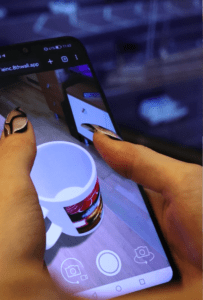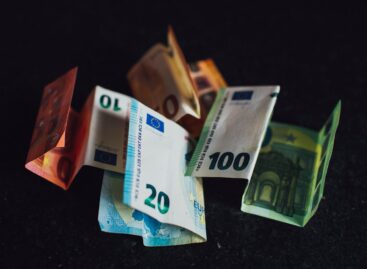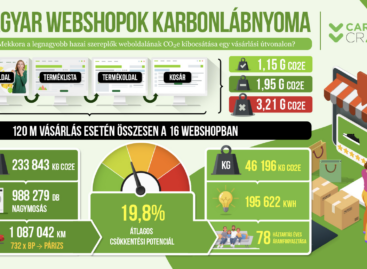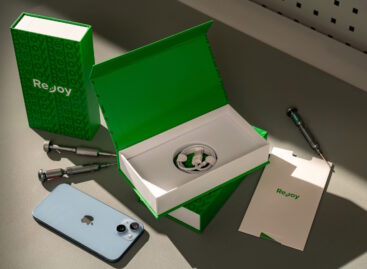Digital prestige will be the new social rank
The way we express social status is changing. We hear more and more: what you didn’t post, didn’t happen. Among the younger generations, posting about a concert or a relic purchased from a star no longer means just an experience, but also status. Recognizing this change, a Hungarian-owned, American-based company is developing digital products that can also be displayed virtually.
 Man has always wanted to be special in the eyes of others. Throughout history, the way we express status has changed a lot – tribal ornaments and jewelry have been replaced by cars, watches and designer clothes. But a new era has begun, where prestige is no longer expressed in physical objects, but in digital presence, in shared experiences.
Man has always wanted to be special in the eyes of others. Throughout history, the way we express status has changed a lot – tribal ornaments and jewelry have been replaced by cars, watches and designer clothes. But a new era has begun, where prestige is no longer expressed in physical objects, but in digital presence, in shared experiences.
“The human brain has remained the same, only the stage has changed. The desire for status still works today in the same way as it did centuries ago, but we live it out in the online space, because there we can immediately show thousands of our acquaintances where we have been and what we have bought”
– said László Jáger, founder of Bercode Platform.
Benefit Barcode Inc., a Hungarian-owned, American-registered company, is building on this new consumer psychology. The company recognized that digital self-expression is faster and cheaper for the younger generations. In most cases, a post no longer requires physical possession of the object.
The new language of status
In the 2000s, a luxury watch or an exclusive bag meant social recognition. Today, however, a concert ticket or a virtual NFT also gives status. Shared experiences on social media – posts like “look where I went” or “look what I bought” – are the new prestige language.
“Today, young people often go to a concert not for the experience, but to post that they were there. A J.Lo ticket is now a status symbol. Digital prestige conveys the same message as expensive jewelry used to,”
– said László Jáger, founder of Benefit Bercode.
Bercode aims to objectify this digital status – but in a sustainable way. The system allows fans to virtually purchase branded items, such as mugs, t-shirts or caps, and to display them in real space using augmented reality (AR). The customer can take a photo of their digital mug as if it were on the table and immediately post it on social media – without anyone having paid for the production or logistics of the item.
Virtual flash and environmental awareness
The merchandising industry generates hundreds of billions of dollars a year, while leaving a huge environmental footprint. It takes up to 2,700 liters of water to produce a single T-shirt, and the production of a plastic card emits 150 grams of carbon dioxide. Benefit Bercode’s system offers a solution to these problems: unnecessary production is no longer necessary to express status. If a fan still wants to hold the given relic in their hands, they can always order a physical version of the item.
Bercode’s virtual products – such as digital mugs or T-shirts – provide the same ownership experience as the real ones.
“Virtual objects can give the same joy as real ones. The difference is that we do not burden the environment with them. In Barcode, status is not about consumption, but about self-expression”
– said László Jáger, founder of Benefit Barcode.
Each product purchased on the Bercode Platform contains a unique barcode, which reduces counterfeiting to zero, allows sharing within the family, and provides discounts at retailers and local service providers. The model is therefore about emotional prestige and rational profit at the same time.
It is no coincidence that the largest luxury brands are also moving in the digital direction. Gucci, Louis Vuitton or Prada have been experimenting with NFT collections and virtual accessories for years. Digital luxury gives the young generation the same status, but with less waste and more creativity.
The future: stars, 3D experiences
Benefit Bercode’s next development is the world of three-dimensional objects and shared digital experiences with celebrities. The goal is for anyone to be able to buy a virtual car, bag or sports equipment that appears in their own environment in augmented reality. The technology is already capable of realistically displaying fixed 3D objects, but will soon be able to handle moving elements as well.
Related news
Related news
Investment dumping is coming in the food industry
🎧 Hallgasd a cikket: Lejátszás Szünet Folytatás Leállítás Nyelv: Auto…
Read more >It turns out which online food ordering platform websites are the most sustainable
🎧 Hallgasd a cikket: Lejátszás Szünet Folytatás Leállítás Nyelv: Auto…
Read more >Customers are also looking for the record-breaking iPhones in refurbished versions
🎧 Hallgasd a cikket: Lejátszás Szünet Folytatás Leállítás Nyelv: Auto…
Read more >




